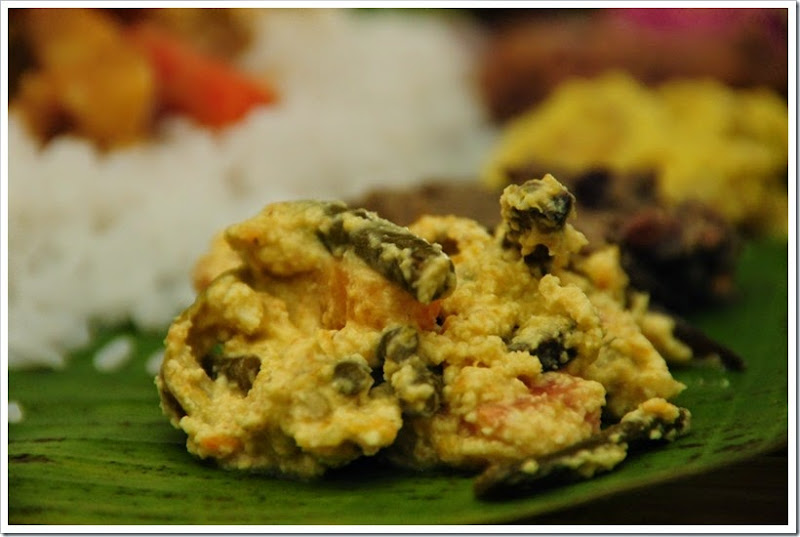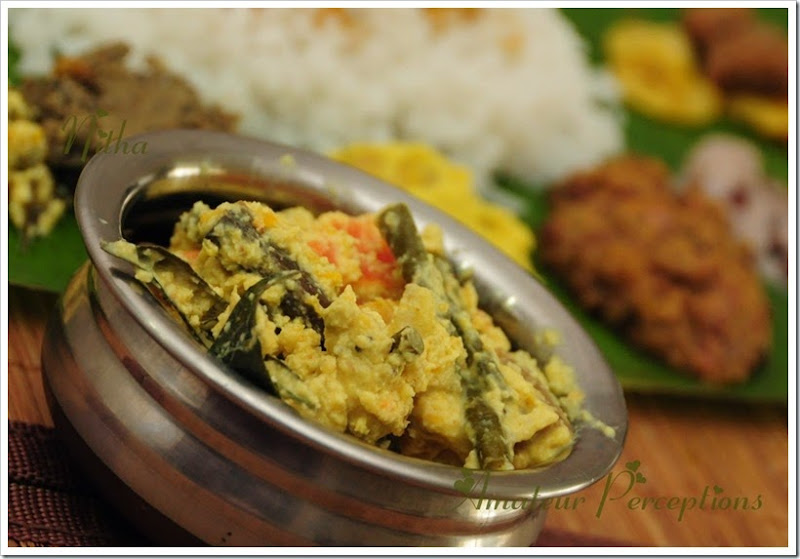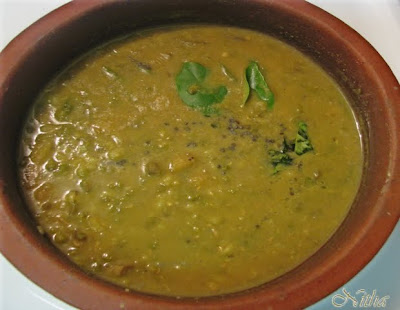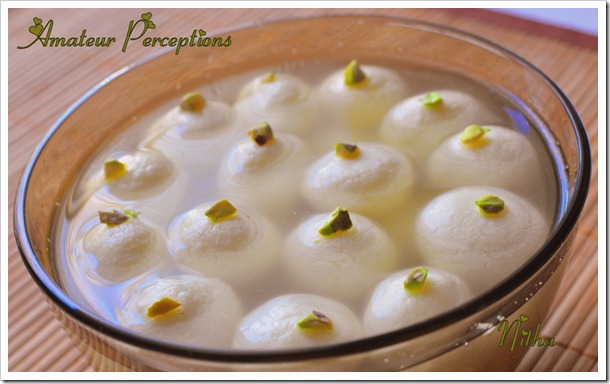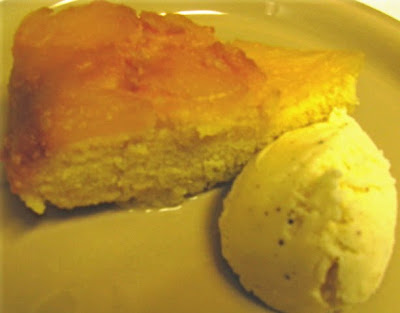There are multiple stories associated with the origin of Avial. The most popular is regarding Bheema, the strongest of the Pandavas. He worked as a cook in the kitchen of Kingdom of Virata, during when the Pandavas spent in disguise. The King there did not want to waste any of the vegetables and Bheema used all the left over vegetables and curd to prepare a new dish; which we now call as Avial.
This is an inevitable dish for a sadhya. This is made of a number of vegetables. Any veggies of your choice and availability can be added in this. It is always good to have raw plantain, drumsticks and elephant yam, so that these leave few firm pieces in the dish.
Ingredients:
Elephant Yam -- around 200 gm
Vazhakkaya / Raw Plantain -- ½ of a medium size
Carrot -- 1
Drumstick -- 1
Cucumber -- ½ of a medium size
Achinga Payar/ Long beans -- 4 - 5
Pumpkin -- a small piece
Potato -- 1
Green Chillies -- 3 - 5
Turmeric powder -- ¼ tsp
Cumin seeds -- ½ tsp
Curry Leaves -- few
Shredded coconut -- ¼ cup
Curd -- ¼ cup
Coconut Oil -- 2 tbsp
Salt -- to taste
Preparation of Avial:
Cut the vegetables into thin long equally sized pieces. Add turmeric powder and 2 green chillies slit, and cook them till they are tender. Coarsely grind the coconut with rest of the green chillies, cumin seeds and curd.
Add the ground mixture to the cooked vegetables. Make sure that you don’t break up the veggies. Add more curd if you need more gravy. I love it to have with a little gravy than dry.
Let it boil and turn off the fire. Garnish with curry leaves and coconut oil. Close it with a lid so that the flavor of curry leaves and the coconut oil blends into it without leaving out the aroma.
Recipe Courtesy: Amma

